What kind of coffee beans is Kaddura? Introduction to the flavor characteristics of Caturra coffee beans made by hand
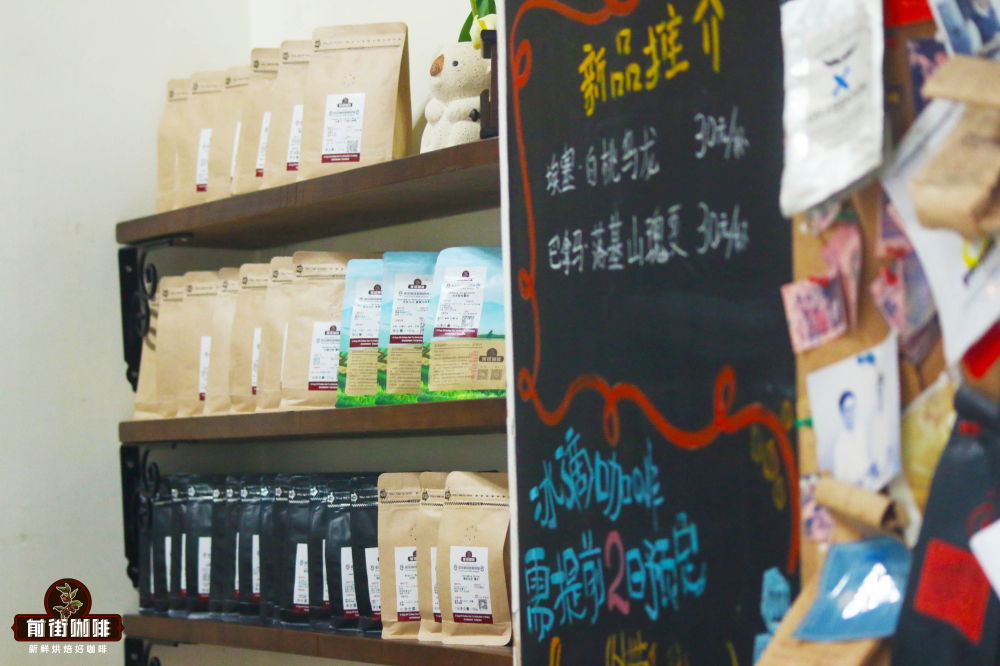
Kaddura is a natural variety of bourbon. It was found on a plantation in the Brazilian state of Minas Gerais between 1915 and 1918. There is a mutation in a group of genes in bourbon planted in the plantation, causing plants to grow smaller (similar to dwarfism). This new kind of coffee, which is expressed in a new biological form, is called "Caturra" in Guarani by locals, which means "small". It is sometimes called "Nanico".
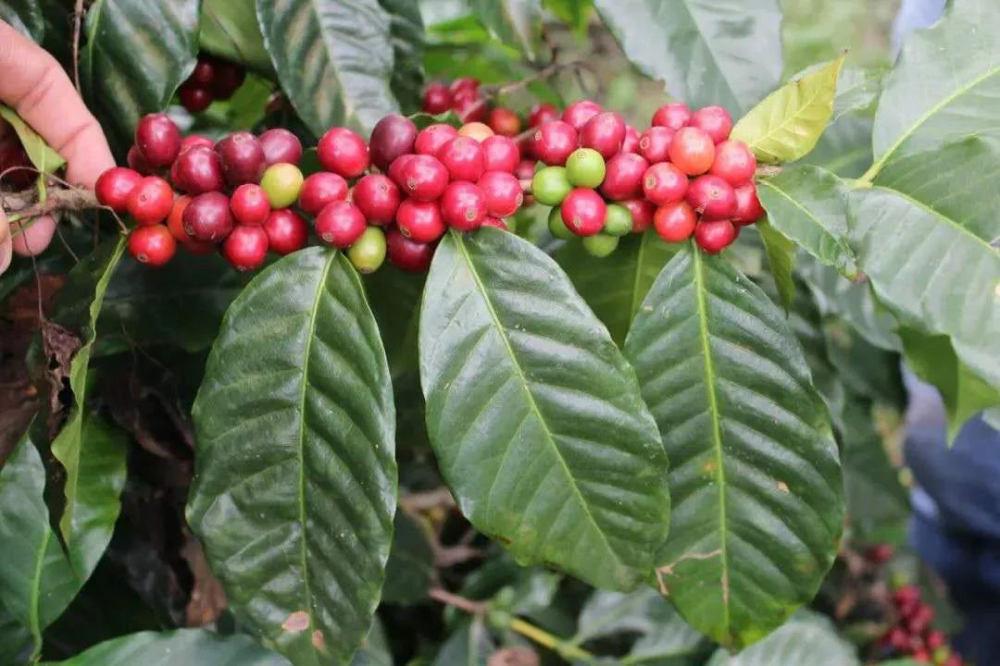
Screening began in 1937 at the Agricultural College of the State of Sao Paulo (IAC) in Campinas, Brazil. Kaddura's selection process is called group selection, which means that a group of individuals are selected according to their excellent performance, and the seeds of these plants are piled up to form a new generation, and then the process is repeated. But what is interesting is that this variety has never been officially released in Brazil, but it is already very common in Central America.
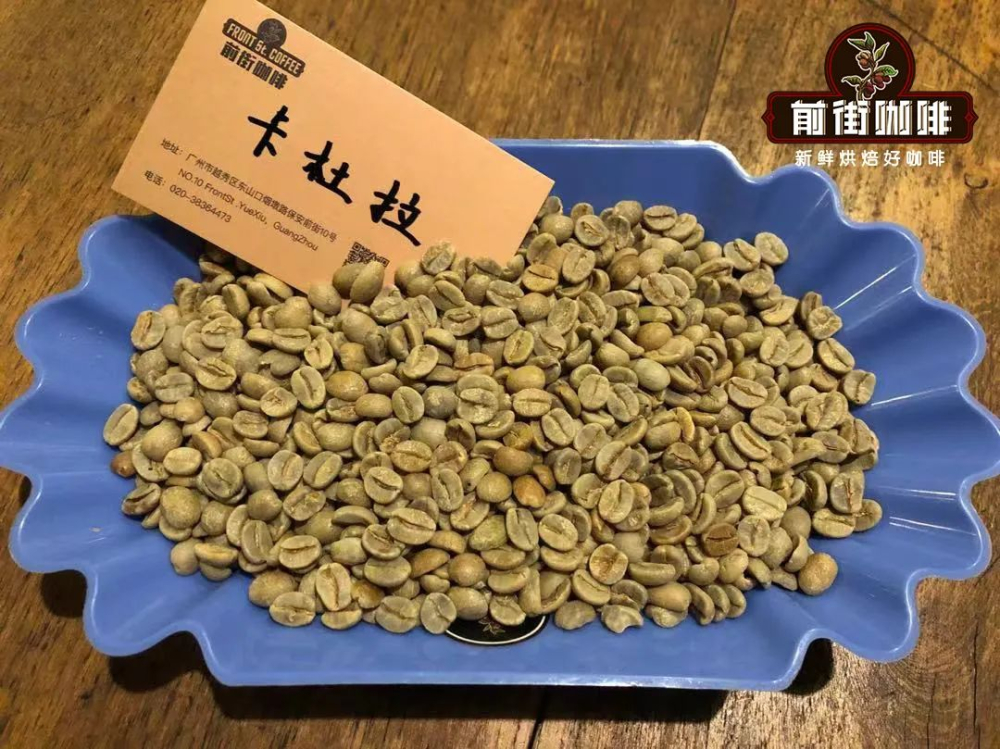
The advantages of Kaddura
Kaddura is petite, so it allows plants to be planted more closely, and its secondary branches are closely spaced, allowing it to produce more fruit in the same space. This has greatly increased the unit output. And because of its petite size, it is more convenient to harvest.
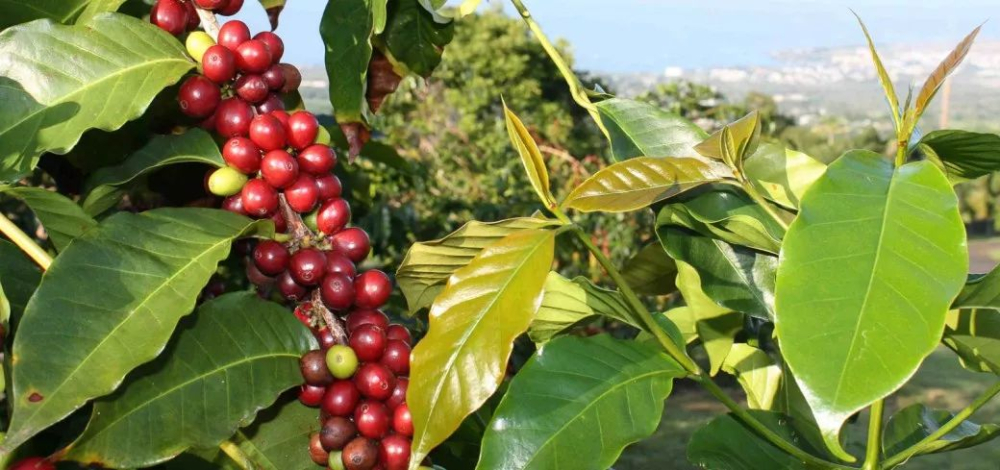
The most important advantage is that unlike ancient species such as tin card and bourbon, it does not need shade and is still alive in the sun, so it is also known as "Sun Coffee" coffee such as Kaddura. Kaddura is suitable for planting in the area of 700m-1700m, and its adaptability to the environment is stronger than that of bourbon species. The higher the altitude, the better its flavor. Like bourbon, it has a cyclical problem of capacity ups and downs every two years. It also has high-quality acidity and aroma, overall bright, but also has a good sweetness.
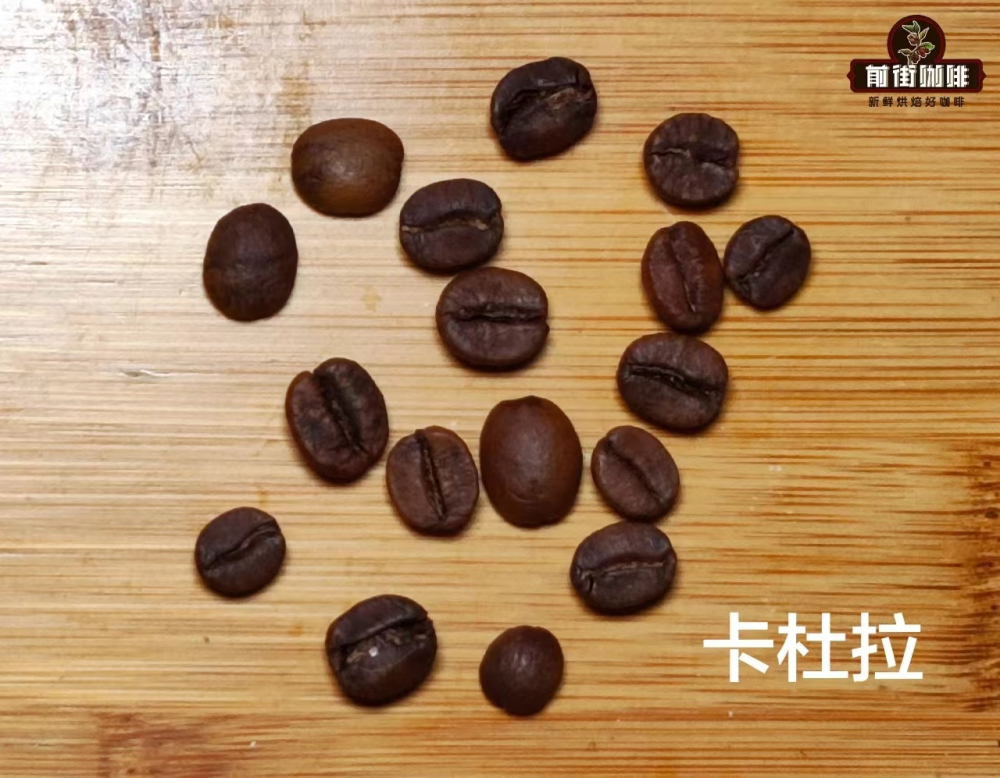
Kaddura was introduced to Guatemala in the 1940s from being discovered to studying screening at IAC, but was not widely adopted commercially over the next 30 years. From Guatemala to Costa Rica, Honduras and Panama. Until now it is one of the most important economic coffee in Central America. To some extent, it is often used as a "benchmark" for testing new varieties. In Colombia, Kaddura is thought to account for almost half of the country's production until a government-funded scheme in 2008 encouraged the transformation of more than 3 billion coffee trees with a leaf rust-resistant Castillo variety (Kaddura's pedigree). Kaddura's planting share began to decline.
Kaddura species are included in the list of numerous coffees on the front street, such as Flower God in Guatemala, lychee orchid in Honduras, Rose Valley in Colombia and Flower Butterfly in Panama.
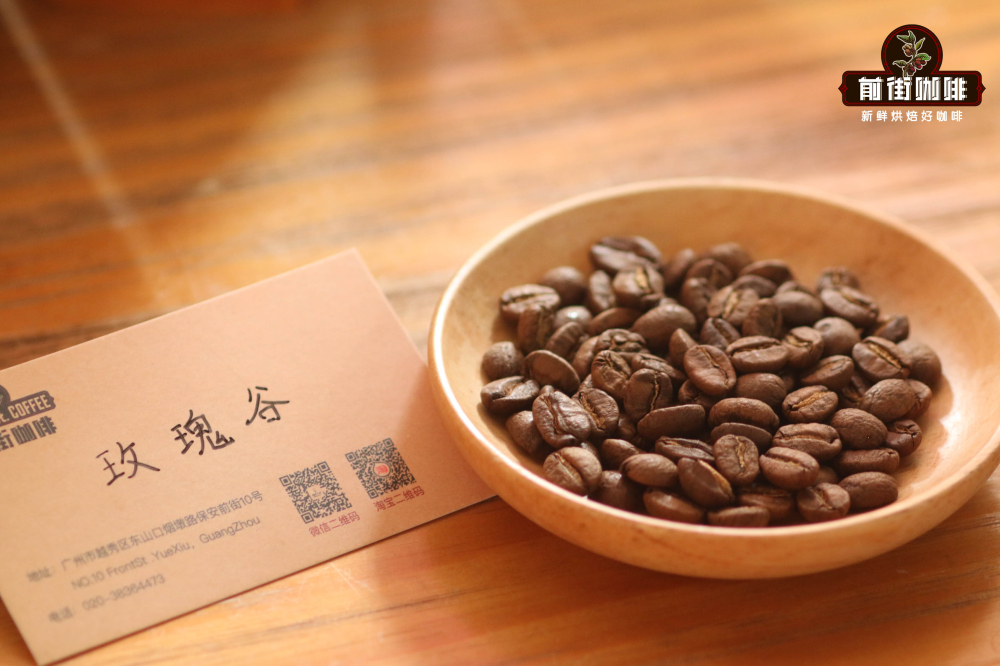
Front Street Coffee: Columbia Rose Valley Coffee beans
Producing area: Santander producing area
Manor: big Tree Manor
Treatment: anaerobic enzyme washing
Altitude: 1700m
Variety: Kaddura
Cooking flavor: rose, peach, wine chocolate, cream, cranberry
If you taste Kaddura for the first time, Qianjie recommends this Colombian Huilan grain bean, which is washed with water. That is, with soft acidity and suitable mellow and sweet, Qianjie hopes to present classic Colombian nut notes, and retains part of the acidity, opting for medium-deep baking.
Qianjie is recommended to cook.
Cooking parameters: 15g powder, v60 filter cup, ratio of powder to water at 1:15, water temperature of 90 degrees, stage extraction
The first stage of water injection 30g steaming for 30 seconds (water injection steaming starts)
The second small flow is injected to 125g
In the third stage, the current is slightly larger to 225 grams for 2 minutes.
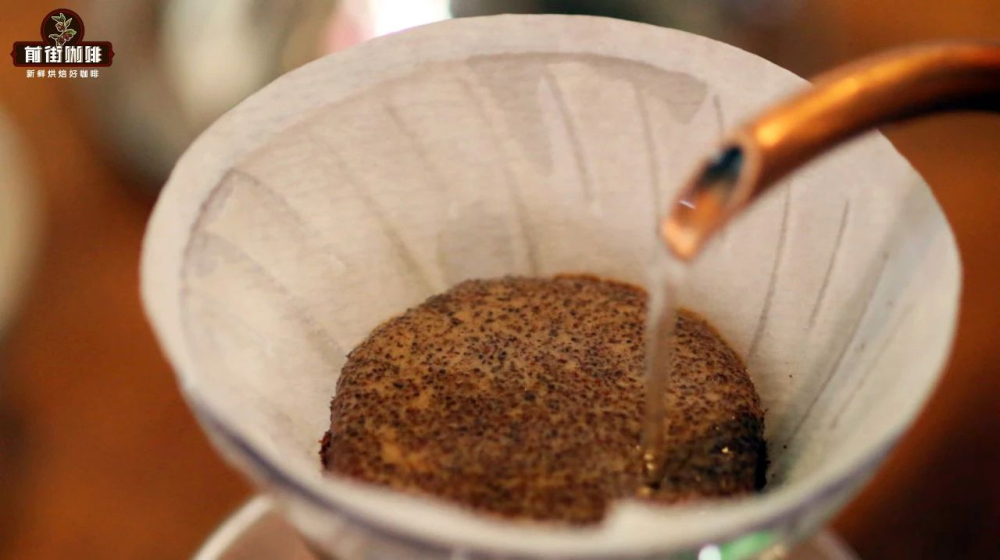
This way of stewing will release the gas produced during the roasting process of the coffee, slowly degassing, and make the coffee blossom.
The chemicals extracted at different stages are different: first, you get acid, then sweetness, and finally bitterness. Different chemicals: first, you get acid, then sweetness, and finally bitterness. It is worth noting that not all acids are fruity and satisfying: caffeoylquinic acid, for example, produces astringency / dryness and bitterness. Using this standard brewing method will reduce the variables produced in the coffee brewing process, making the brewing more consistent and the flavor more balanced.
This Colombian Whelan water wash Kaddura, with obvious chocolate, nut, caramel and other baked aromas, smooth and sweet, mellow thickness, clean taste, lower temperature can feel the pleasant soft acidity.
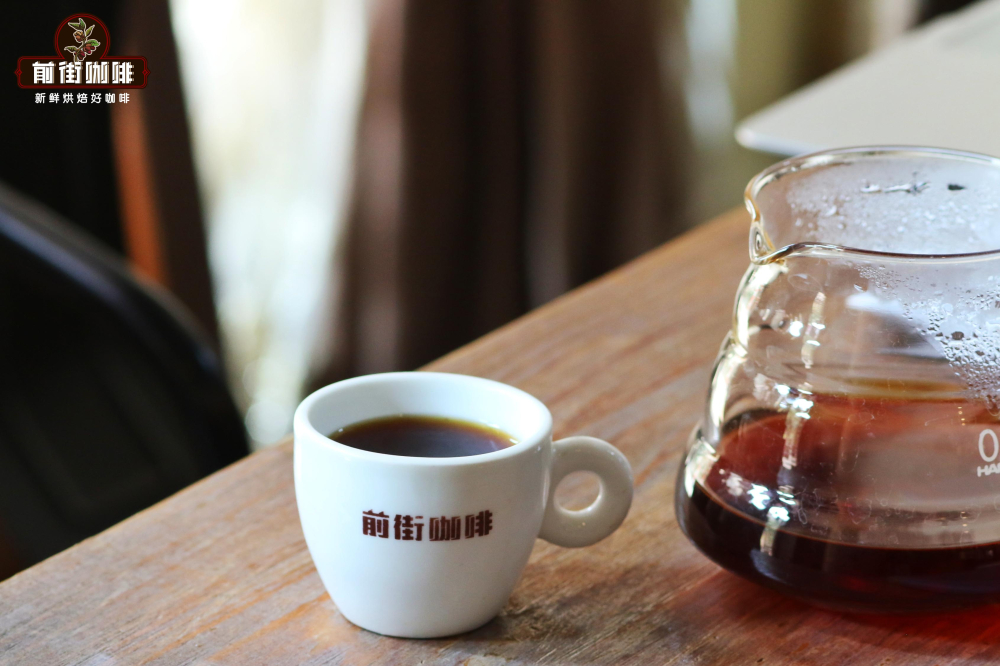
Professional coffee knowledge exchange more coffee bean information please follow the coffee workshop (Wechat official account cafe_style) more boutique coffee beans please add private Wechat Qianjie coffee, WeChat: kaixinguoguo0925
Important Notice :
前街咖啡 FrontStreet Coffee has moved to new addredd:
FrontStreet Coffee Address: 315,Donghua East Road,GuangZhou
Tel:020 38364473
- Prev

What is a commercial bean? -characteristics and roasting performance of commercial beans, espresso production process
Professional coffee knowledge exchange more coffee bean information please follow the coffee workshop (Wechat official account cafe_style) market from the coffee market, coffee beans are mainly divided into two categories, commercial beans and boutique coffee beans what are boutique coffee beans? That is, "coffee beans with unique flavor cultivated under special climate and geographical conditions". Why is boutique coffee called boutique? What we know.
- Next

Espresso | the base of Italian style, how on earth is espresso made?
Professional coffee knowledge exchange more coffee bean information Please follow the coffee workshop (Wechat official account cafe_style) Today, walking into the boutique coffee shop and looking through the coffee choices offered, it is not difficult to find two major categories of single coffee and espresso. How on earth is the Italian base concentration made? Today, I would like to share my experience with you. First of all, we should know that enrichment
Related
- Guji coffee producing area of Guji, Ethiopia: Humbela, Shakiso, Wulaga
- What is the most expensive variety of Qiloso in BOP multi-variety group?
- How to store the coffee beans bought home?
- Why are Yemeni coffee beans so rare now?
- Ethiopian Sidamo all Red Fruit Sun Sun Santa Vini Coffee beans
- SOE is mostly sour? What does it mean? Is it a single bean? what's the difference between it and Italian blending?
- Is Italian coffee beans suitable for making hand-brewed coffee?
- How to choose coffee beans when making cold coffee? What kind of coffee beans are suitable for making cold coffee?
- Just entered the pit to make coffee, what kind of coffee beans should be chosen?
- Can only Japan buy real Blue Mountain Coffee? What are authentic Jamaican Blue Mountain coffee beans?

